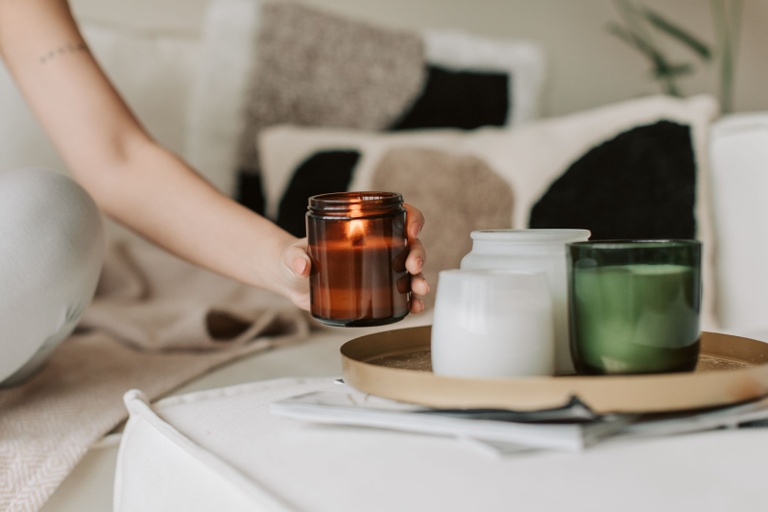The Power of Rituals to Help Grief

Life and death are a cyclical process, so it only makes sense that engaging in mindful rituals can help us to process the tough emotions that grief brings to the surface. More specifically, rituals and ceremonies can help people acknowledge both the visible and invisible losses that we experience – both big and small.
What is a ritual?
While a ritual can be religious or spiritual, it doesn’t have to be. It can be something as simple as your skincare routine in the morning, or brewing a cup of tea in the afternoon. It’s likely you already have rituals in your day-to-day, but when completed mindfully, these rituals may have the power to help you heal, or simply manage your emotions. (Because, some days, ‘getting by’ is all we can do, and that’s okay!)
Examples of grief rituals
Grief rituals aren’t necessarily daily activities. They can be performed once a year on a death anniversary, weekly, fortnightly, monthly or even sporadically when the moment feels right. Some examples include:
- Eating at a loved one’s favourite restaurant or cooking their favourite meal and enjoying it with others who are missing them.
- Keeping a journal
- Visiting the cemetery or another place that was special to you and to them
- Lighting a candle, perhaps with a scent that reminds you of them
- Listening to your loved one’s favourite music
- Writing a letter
What are some examples of spiritual or religious rituals when mourning?
On the other hand, in some cultures and religions, rituals or ritual ceremonies are ways to mourn the deceased. Some examples include:
- Cutting hair or clothes or specifically not cutting hair for a certain period of time following the death.
- Washing of the deceased’s body
- Engaging in meditation or prayers at specific times, in specific places or at specific times
- Connecting with nature
- Wearing particular clothing, such as a specific colour or type of clothing.
Wrap up
Any activity that has special meaning to you can become a part of your grieving ritual. From looking at photographs to visiting your loved one’s final resting place, any act that is completed with intention can be labelled a ritual.
Liked this blog? You may find these helpful:
